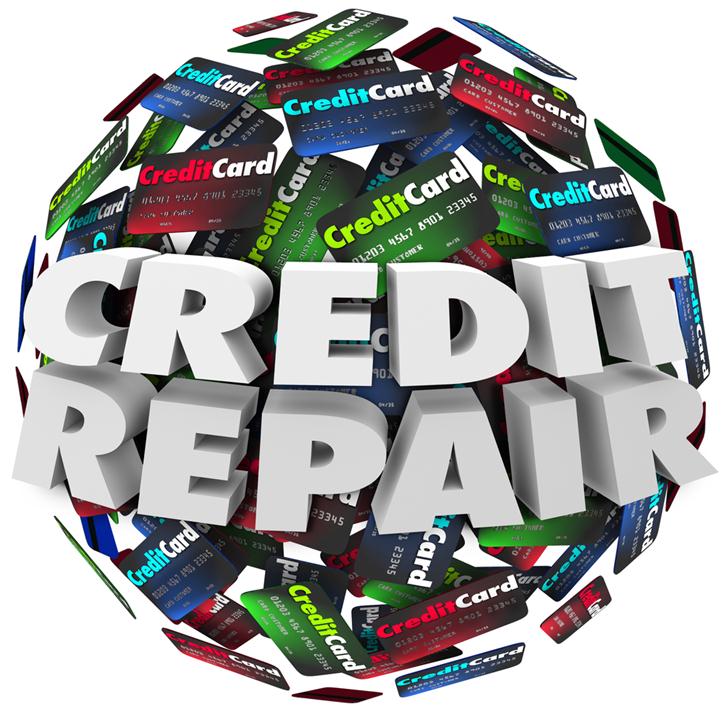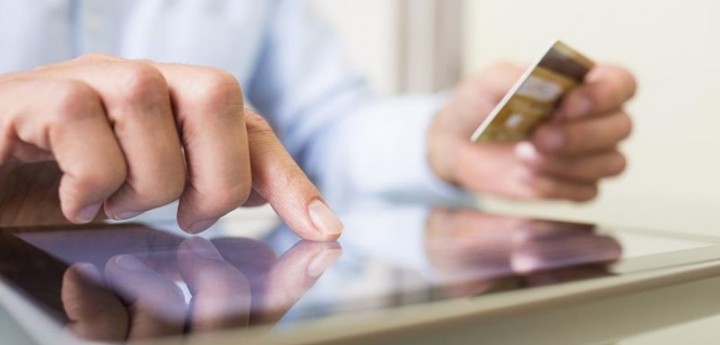The National Foundation for Credit Counseling recently held a survey that shows people are less likely to be embarrassed by their weight (12%) than by their credit scores (30%). And just like with dieting, a focus on improving your credit score (the health of your credit), can give you results relatively quickly. When we say “quickly”, we mean something like a month – seeing any improvement could take 30 to 60 days, according to Liz Weston, personal finance columnist and author of Your Credit Score, Your Money & What’s At Stake. But hey, you can’t get a great body overnight either.
A bad credit score can hurt you to the tune of thousands of dollars lost in hiked fees and rates, so get off your seat and start improving your credit!
The first step you need to take is to get a copy of your credit report. This is essential and will set the foundation for the rest of your personal credit score improvement program. After you get your report, study it closely and use the following tips to start building your credit up:
11. Dispute Errors
Make sure you watch out for errors in your credit report. A recent study by the National Association of State Public Interest Research Groups showed that 79% of all credit reports contain some kind of error, and 25% have serious errors that could deny their owners credit. The good news is that you can dispute any errors you find, whether online or through the mail.
10. Negotiate
After you’ve fixed any outright errors, you can move onto the next step: negotiation. You can ask creditors to “erase” debt or accounts that went to collection by writing a letter offering to pay the remaining balance if the creditor will sign off the account as “paid as agreed” or remove it entirely. This agreement should be made in writing before you make the payment or it might not turn out the way you hoped.
What’s called a “goodwill adjustment” might also be available. If you have only paid a few bills late and the rest of your record is squeaky clean, you might be able to write a letter to the credit card company explaining your extenuating circumstances and referencing your good payment behavior. They might be able to remove the negative information from your credit report.
9. Know Your Limits
You want to make sure your credit limits aren’t lower than they actually are. If your credit limit has been bumped up and the change hasn’t been recorded, it’s going to look like you are maxing your credit card out really hard every month. If this is the case, request that the card issuer make the adjustment show on your record.
8. Get A Credit Card
You want to have some record of yourself making purchases and paying them back on time. Make small purchases and pay them back on time. If you buy a pack of gum once a month and pay it back, that will show you are reliable. If you can’t get a traditional card, try to get a secured credit card that reports to all three major credit bureaus. If you are not able to get a secured card you should follow the next step.
7. Become An Authorized User On Someone Else’s Account
You can be added to a friend or family member’s existing account. This might be tough considering your position of needing to improve your credit score might make people wary. If you are able to find a kind soul willing to help you out, that’s great!
A good tactic is to write an agreement outlining your budget and how you plan to pay the bill. Don’t leave the cardholder hanging because they are doing you a solid favor. Be responsible and respectful to the person helping you out. This means not buying more than you can afford and paying your bills on time. Remember, the point is to use credit responsibly, and to show you know how to do that.
6. Use The Cards Sparingly
The credit bureaus look at something called “credit utilization ratio”, which is how much of your total allotted credit you spend. For example, if your credit limit is $1000 and you use $300, your credit utilization ratio is 30%. Ideally, you want to use, at maximum, only 30% of your monthly credit limit. It’s even better if you can keep it lower; Beverly Harzog, the author of Confessions of a Credit Junkie, says a 10% credit utilization ratio is the best score you can aim for.
If your card has a $1,500 limit and you are spending $1,000 each month, that makes you look like a big spender and a less attractive client to the credit bureau. Even if you are paying it off each month, this kind of spending behavior looks really fast and loose and you want to make a good impression. So plan accordingly!
5. Raise Your Credit Limit
You can ask for your credit card to raise your limit, especially if you prefer the cashless route and don’t like debit cards, and so use your credit card for everything. But this does not mean that you are going to be spending more! You are increasing it to dilute your spending, or to improve your credit utilization ratio. If you spend more because your limit goes up, then there is no point.
4. Do Not Close Your Cards
Canceling a credit card causes your current credit to drop, which looks fishy to the credit bureau. One way to make sure you are using your credit card in a responsible way is to use it for a recurring charge like a utility bill. You’re paying it anyway, and it’s small enough to not upset the low spending look you’re trying out.
3. Try Different Kinds Of Credit
Taking out a small personal loan from a credit union or buying something on an installment plan with a payment schedule is a good way to improve your credit score. You could use these services when you buy new furniture or appliances. Be careful, though – this only works if you’re 100% sure you will meet the payment schedule.
2. Pay Your Bills
Your payment history actually represents a large chunk of your credit score – 35% to be exact. So it’s very important that you pay in a timely manner. If you are forgetful or have a lot on your plate, automate your payments. If you pay late or skip bills, those actions are written up in red ink. Don’t be haunted by your payments! Make sure you set your life up so that you don’t have to worry about getting bills paid on time.
1. Pay Your Bills Twice A Month Instead Of All At Once
If you pay your bills twice a month instead of all at once, it spaces out your payments and gives you a little breathing room. Remember that life will throw many unexpected things your way – like bills, repair fees, and tickets. If you wait to pay all that at month’s end your card looks like you’re carrying a large credit utilization ratio for that month. Even if you pay in full, it looks like you’re maxing out your credit.
Instead of making a payment right before it’s due, you should make a payment just before the statement closing date, and then make a payment right before the due date. The first payment reduces the balance, which the credit bureaus see, and the second payment ensures that you won’t be responsible for paying interest or a late fee.
Featured Image: Thinkstock/LDProd




